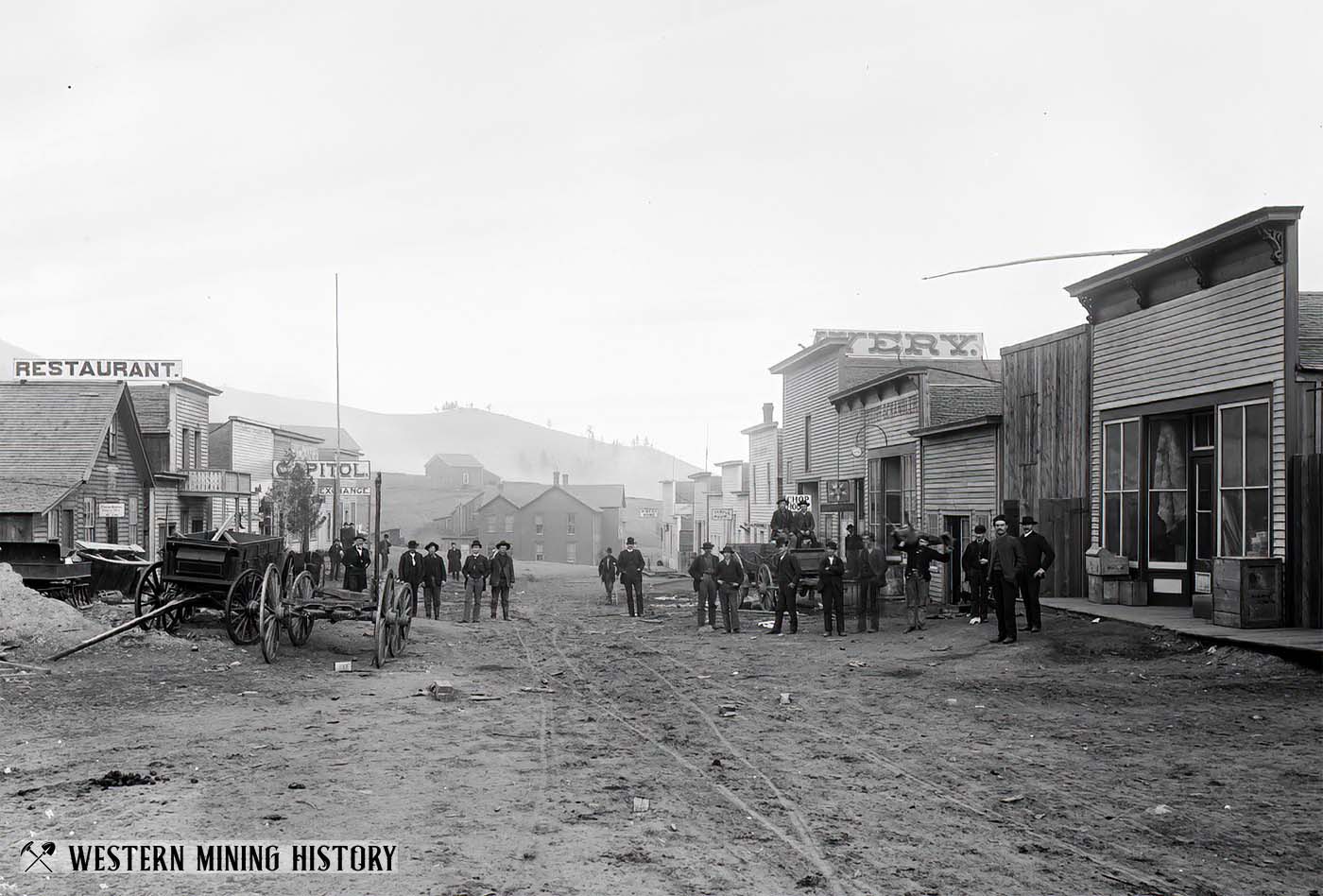Wickes History
Wickes is located in what was originally called the Colorado district, although it became more commonly known as the Wickes district when that town rose to prominence in the 1880s.
The first lode deposits were discovered in the district in 1864 and the Gregory became the first substantial producer. In 1867 a smelter was built at the Gregory, the second ever to be built in Montana Territory. This smelter was considered a failure and much of the value of the ores were lost in the process. As a consequence, ores from the district were transported at great expense, first by wagon to Fort Benton, then by boat to St, Louis, and then to Swansea, Wales to be smelted.
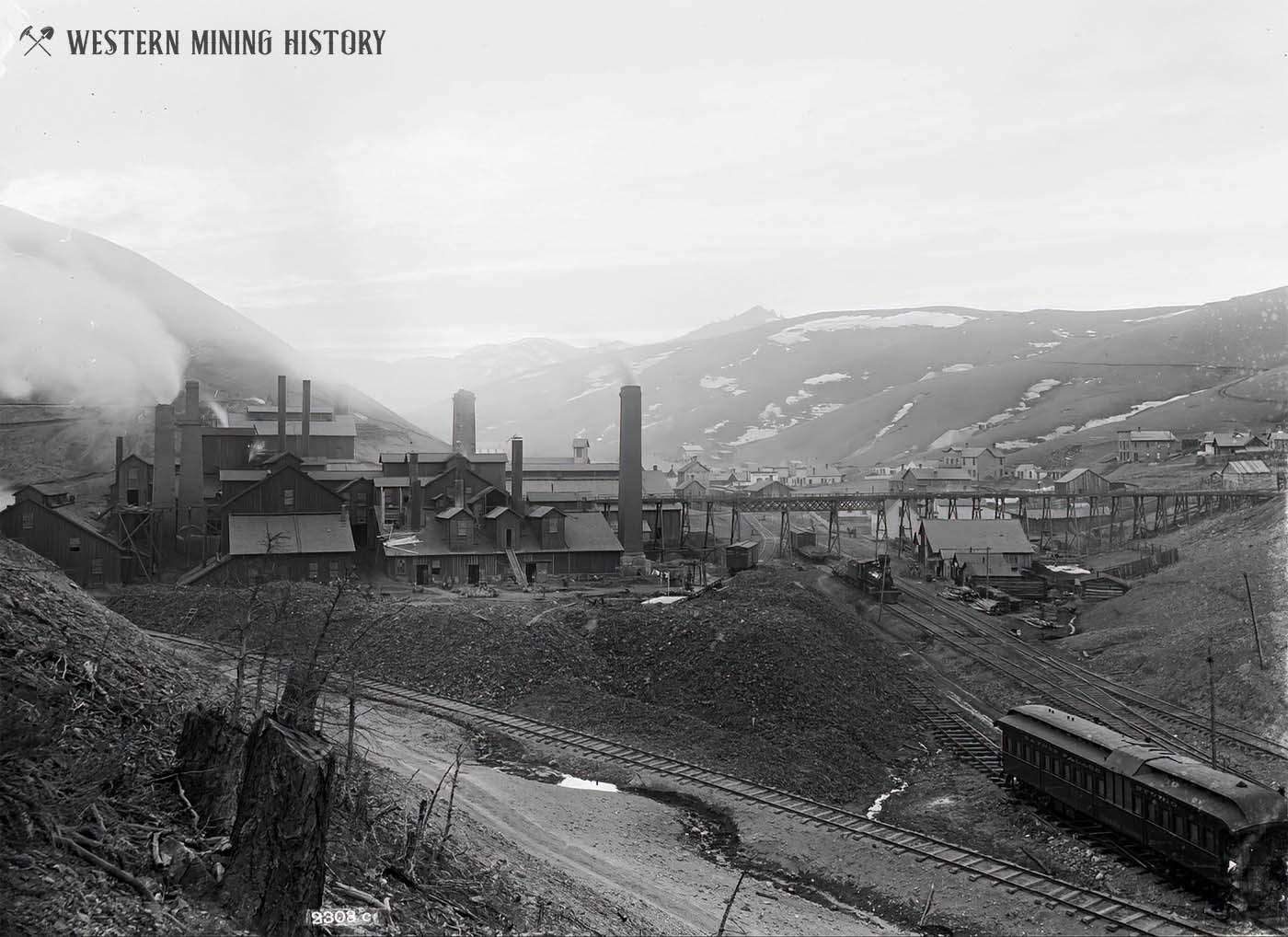
In 1869 the vein of the Alta mine was discovered and was sufficiently rich to attract Eastern capital. A group of investors that included William W. Wickes formed the Montana Mining Company with the purpose of developing the Alta group of mines. In 1877 the company built a silver reduction works in the valley south of the mine. A settlement grew at the smelter which took the name of Wickes and a post office was established in 1878.
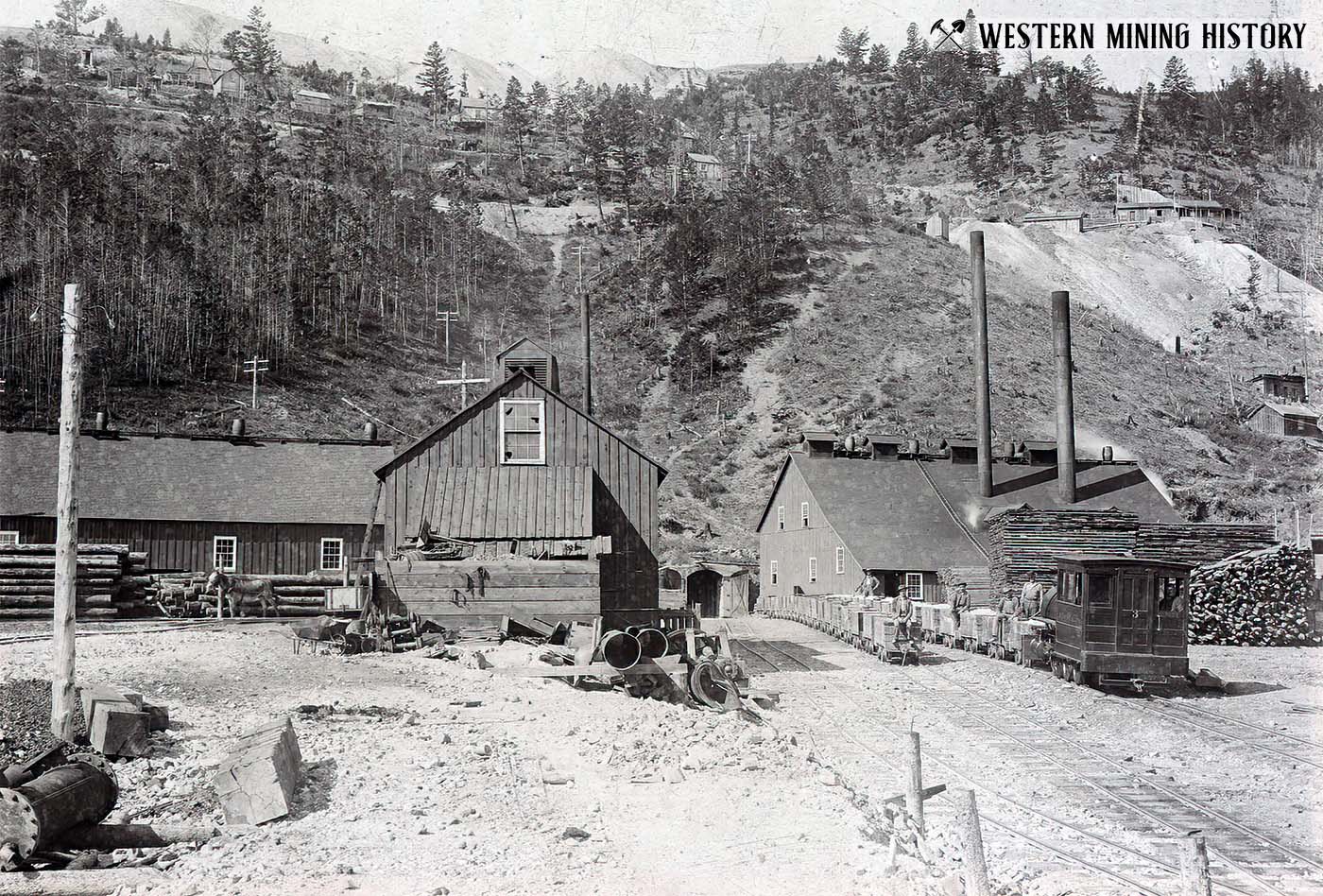
The Montana Mining Company was reorganized as the Alta Montana Company by the end of 1879, with capital of $5,000,000. The reduction works were expanded and in 1880 one newspaper called Wickes the "Leadville of Montana". In 1882 the mill at wickes burned down, and the company, saddled with debt, was once again reorganized as the Helena Mining and Reduction Company.
New smelters were built at Wickes and Nearby Corbin. They were fueled by six charcoal kilns which produced 25,000 bushels of charcoal a month. In December of 1883 a spur of the Northern Pacific Railroad connected Wickes with Helen and later a second line was built by the Great Northern Railway.
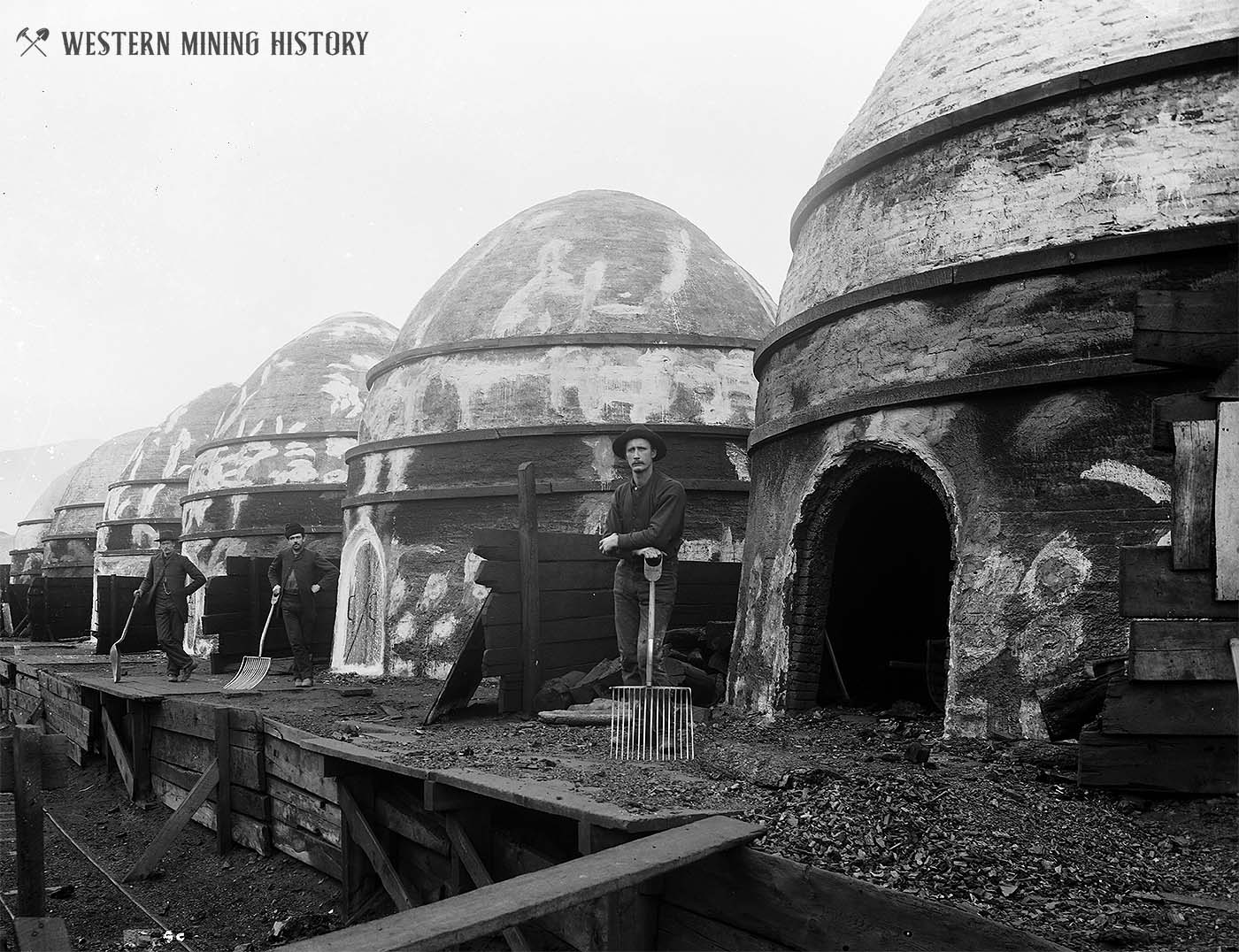
With the success of the smelter, millions of dollars being produced annually from the district mines, and two rail links, Wickes was thriving. While the town had initially embraced temperance and disallowed saloons, by 1883 this was a wide open boom town with all the usual adult businesses serving miners and mill workers. Over 1,500 residents were served by sixteen saloons, five dance halls, and numerous other businesses.
In 1886 the Gregory mine abruptly shut down, putting many miners out of work. By 1887 the smelter at Wickes was proving to be inadequate to process the large amount of ore being produced from district mines. In response, a much larger smelter was built in East Helena, which took much of Wickes smelter business (and jobs) away. Despite these difficulties, The town was still an important mining center into the early 1890s.
The September 1, 1888 edition of The Butte Miner described Wickes as "not a beautiful place by any means... but the place is rich in precious metals that are contained in the bare, frowning mountains that on all sides envelop it." It goes on to say that around 130 men are employed at the smelter with a greatly larger number employed at the nearby mines. The article puts Wicke's population at an estimated 500, with "persons tributary to the camp as high as 2,000."
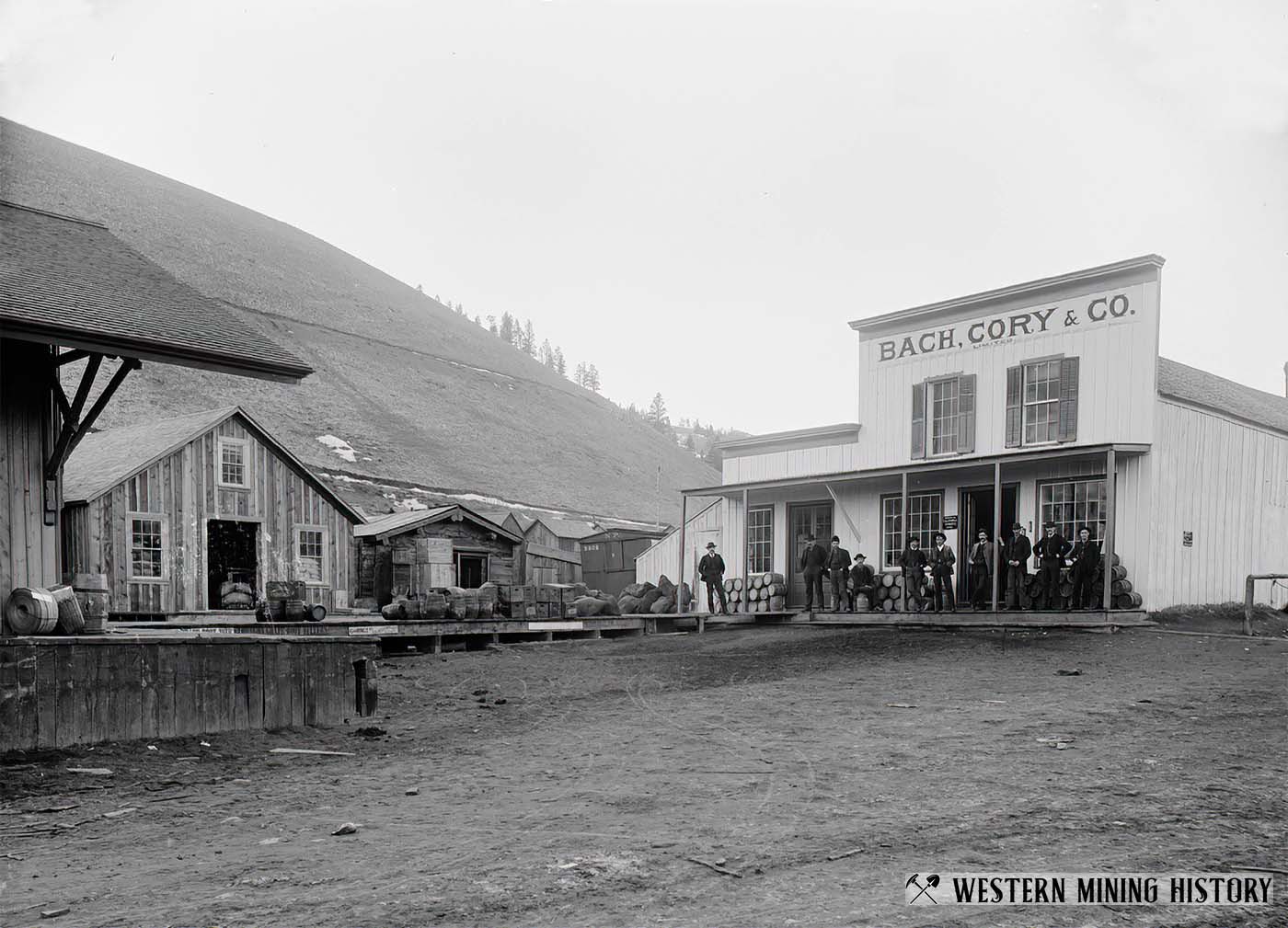
The 1888 article lists the businesses operating at Wickes: two general merchandise stores (Schremer Commercial Company and Bach, Cory & Co.), drug store, livery, blacksmith, two hotels (Summit House and Wickes House), two physicians, an attorney, news depot, barber, millinery, a restaurant ("Coffee Bill"), two meat markets, a boot and shoe maker, a clothing store, and nine saloons.
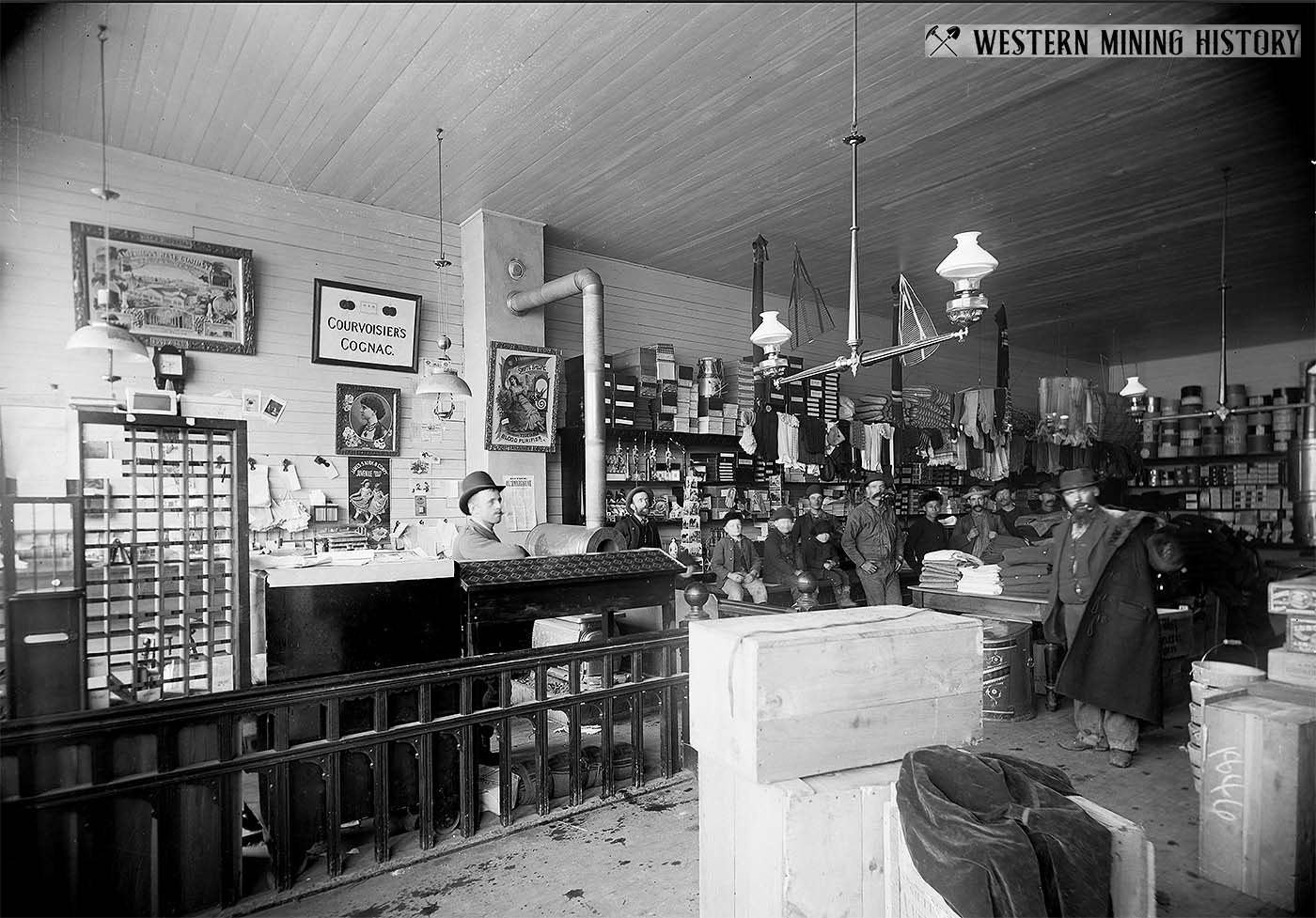
The year 1893 delivered a double-blow to the local economy and the town's prosperity came to an abrupt end. That year the reduction works burned down, forcing the closure of the smelter. The Silver Panic of 1893 forced the closure of many of the district mines, and the downturn in the industry ensured Wicke's role as a smelting and reduction center would never return.
Many of the mines were still producing after the panic however, and Wickes endured as a mining town, although much reduced from its boom years. Fires in 1900 and 1902 burned much of the town. Sporadic mining continued for decades, including reprocessing tailings from mines like the Alta, Gregory, and Comet. This activity supported a small population at the town, but in 1964 the post office finally closed and Wicke's mining era was over.
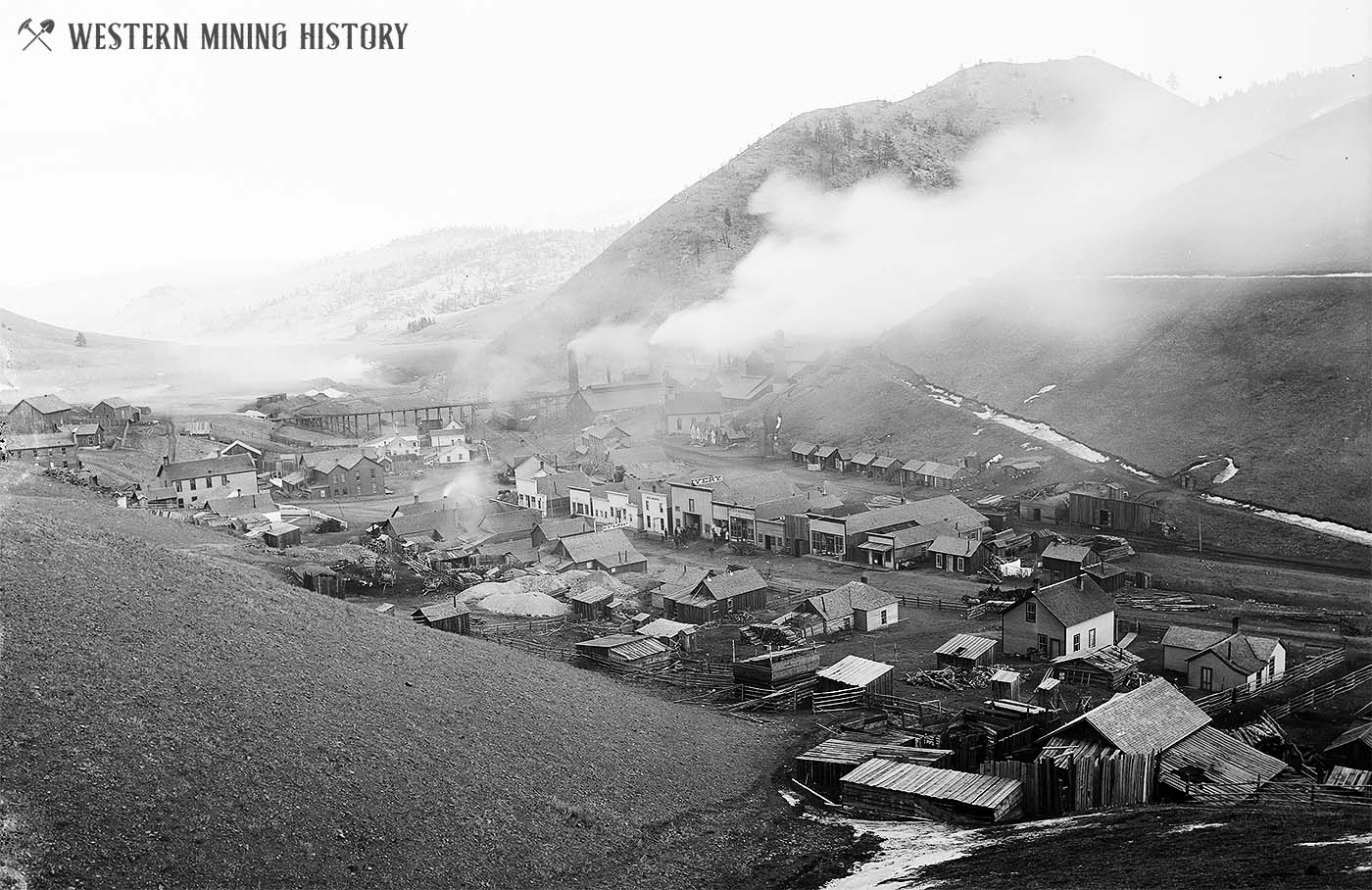
The mines of the Wickes area are credited with over $50,000,000 million in production prior to 1900. An open pit mine, the Montana Tunnels Mine, began operations in 1987 about a mile and a half northwest of the town.
Principal Gold Districts of Montana
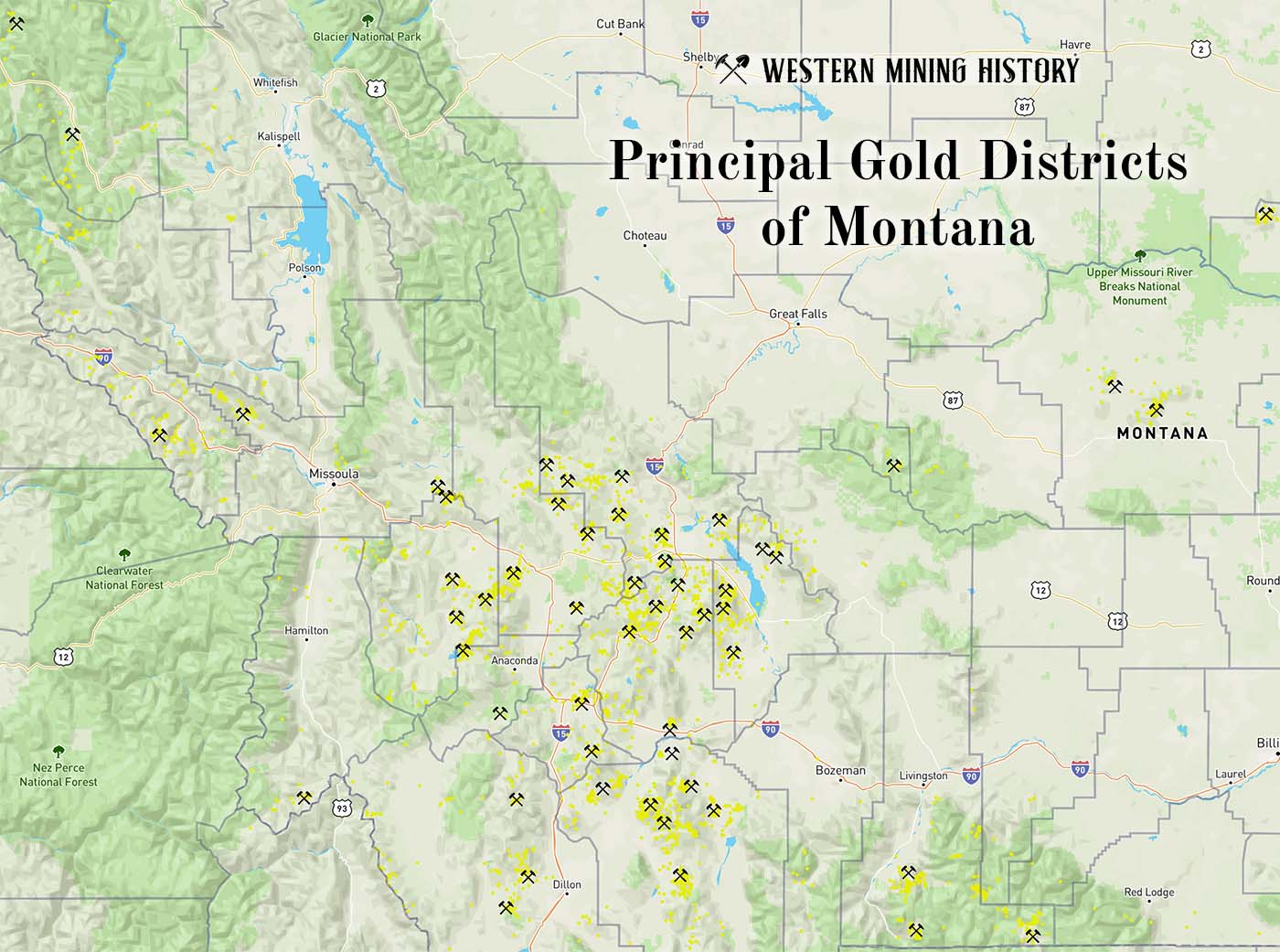
In Montana, 54 mining districts have each have produced more than 10,000 ounces of gold. The largest producers are Butte, Helena, Marysville, and Virginia City, each having produced more than one million ounces. Twenty seven other districts are each credited with between 100,000 and one million ounces of gold production. Read more: Principal Gold Districts of Montana.
